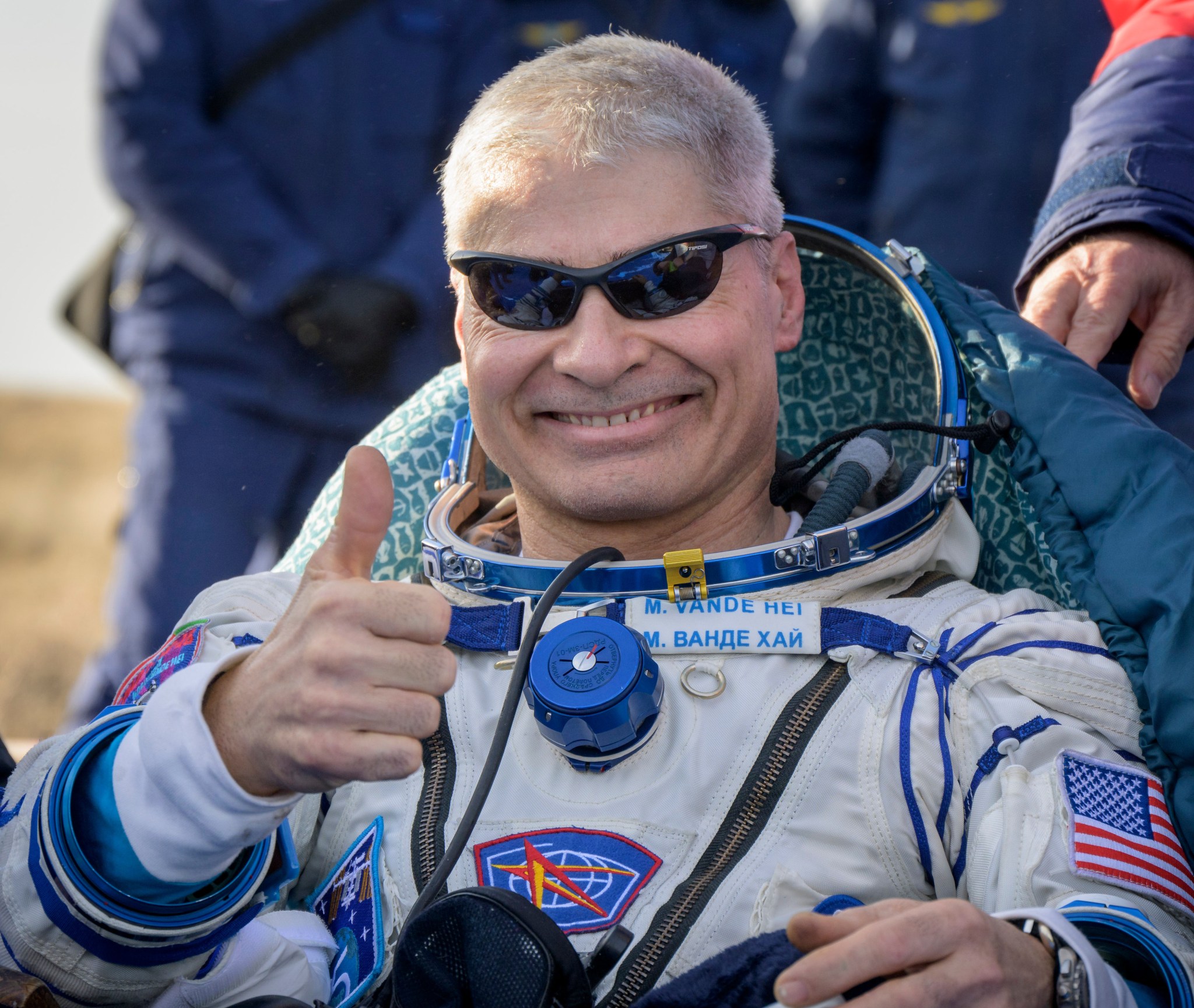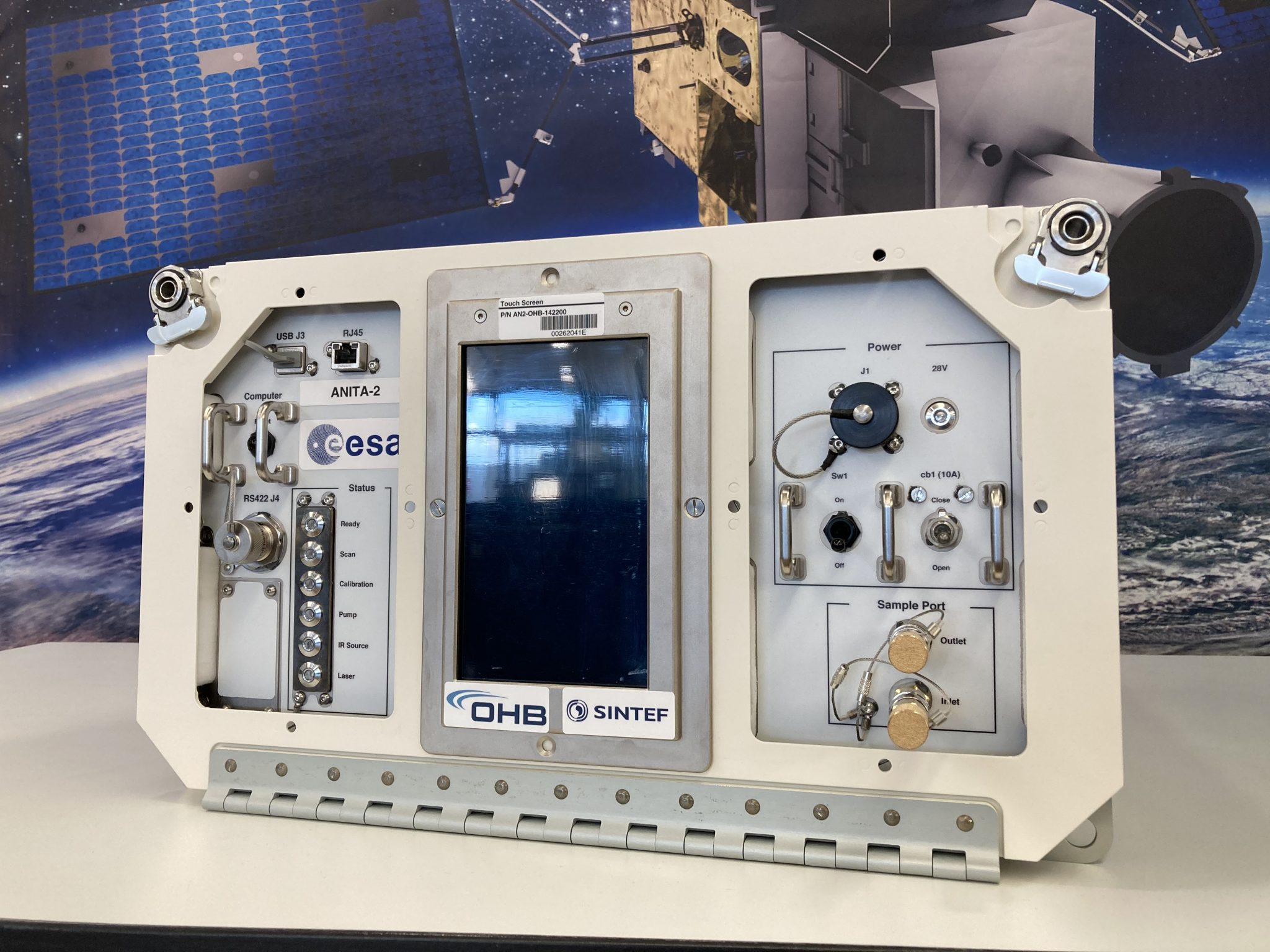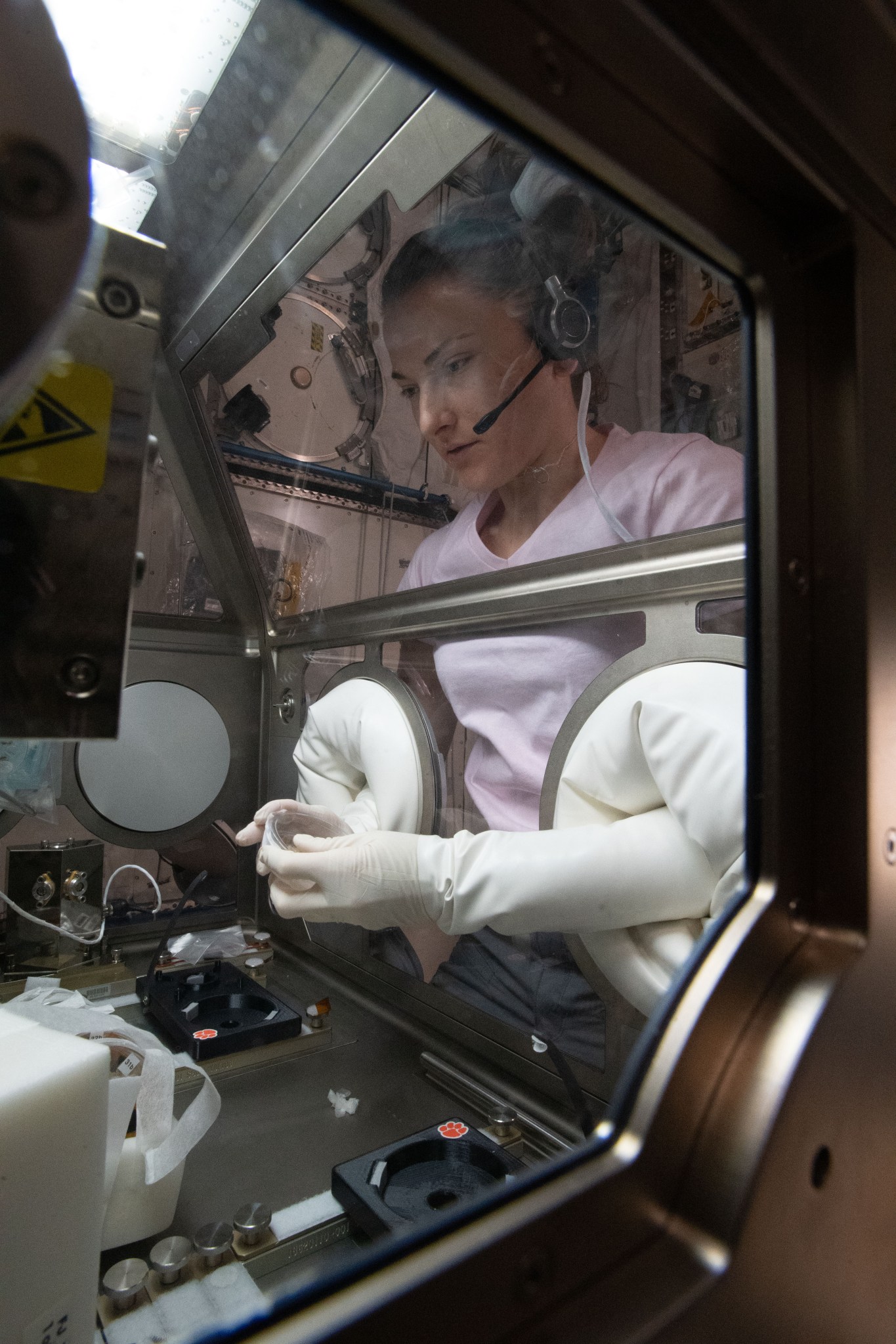[Lea la versión en español de este artículo]
Crew members aboard the International Space Station conducted scientific investigations during the week of March 28 that included testing small satellite technology, monitoring the station’s air quality, and analyzing gene expression in cotton plants. NASA astronaut Mark Vande Hei departed the station on March 30, ending a record-breaking 355 days in space conducting scientific research.

The space station, continuously inhabited by humans for 21 years, has supported many scientific breakthroughs. A robust microgravity laboratory with dozens of research facilities and tools, the station supports investigations spanning every major scientific discipline, conveying benefits to future space exploration and advancing basic and applied research on Earth. The orbiting lab also provides a platform for a growing commercial presence in low-Earth orbit that includes research, satellite services, and in-space manufacturing.
Here are details on some of the microgravity investigations currently taking place:
Small satellites
Space Tango – Cubelab Satellite Demonstrator tests an attitude-control technology for small satellites that is energy efficient, lightweight, and not subject to wear and tear caused by friction. This technology could enhance the attitude maneuvering capabilities of small satellites in support of future space missions. This technology has potential in the design of next-generation instruments for space exploration such as telescopes, antennas, radiometers, and gravity-wave detectors. It also could help improve small satellite technology for Earth-based operations such as communications, weather monitoring, comet detection, and climate studies. Crew members activated the CubeSat, took photographs of operations, and then re-stowed it.
Analyzing air
An investigation from ESA (European Space Agency), ANITA-2, uses a compact gas analyzer to automatically quantify 33 trace contaminants in the space station’s atmosphere. The device also can detect the presence of unknown substances that can be evaluated later on the ground. Monitoring atmospheres in closed environments such as spacecraft is essential for future human space exploration missions. The ANITA-2 technology also can be applied in environmental monitoring and monitoring air quality in closed environments on Earth, such as submarines. Crew members took air samples from assigned locations for chemical analysis during the week.
Cotton genes
The space station hosts a range of studies on growing plants in microgravity. This work could allow astronauts to grow some of their own food on future missions and support engineering of more hardy crops for people Earth. However, the way that commercial crops have been cultivated can make it difficult to engineer varieties with specific traits. Plant Habitat-05 studies gene expression in certain cotton plant cells to better understand this resistance to genetic engineering and possibly identify ways to create specific qualities such as drought resistance. Results could provide insight into the genetic architecture of plant regeneration and expand use of the space station for similar plant research. This investigation also could support development of controlled conditions to improve growth of crop plants on Earth. The investigation is hosted in the station’s Advanced Plant Habitat. Crew members transferred samples to cold stowage during the week for later genetic analysis.
Other investigations involving the crew:
- UNIGLO tests how microgravity affects a module for processing various types of complex glasses. This investigation could help establish additional manufacturing capabilities in space and lead to development of novel fibers for optical communication and lasers in a variety of applications in space and on Earth.
- The ESA GRASP investigation examines how our central nervous system integrates information from different sensations such as sight and hearing to coordinate grasping an object. This investigation could provide insight into how the body adapts to microgravity and how to best treat the loss of vestibular function on Earth.
- For ESA’s CalliopEO, German school children write software to run experiments on a Calliope mini-computer aboard the space station. The experience helps motivate students to pursue science, technology, engineering, and mathematics fields and become the next generation of explorers.
- Veggie Monitoring collects microbial samples from the surface of the station’s Veggie plant production system. This investigation could help establish requirements that protect plant growth systems, plants, and crew from contamination on future long-duration missions.
- ESA’s Retinal Diagnostics tests a commercially available lens that attaches to a mobile device to capture images of astronauts’ retinas. Such a lightweight, non-invasive imaging device could provide a way to detect Spaceflight Associated Neuro-ocular Syndrome (SANS) to help protect astronauts from its effects and could be a useful telemedicine tool in space exploration and remote areas on Earth.
- ISS Ham Radio provides students, teachers, parents, and others the opportunity to communicate with astronauts using amateur radio units. Before a scheduled call, students learn about the station, radio waves, and other topics, and prepare a list of questions on topics they have researched.
- ESA’s FLUIDICS uses three liquid-filled spheres to observe and analyze sloshing and wave turbulence. A better understanding of liquid sloshing in a tank in microgravity could improve the guidance and precision of satellites and optimize lifetime of these craft through better fuel management.
For daily updates, follow @ISS_Research, Space Station Research and Technology News or our Facebook. Follow ISS National Lab for information on its sponsored investigations. For opportunities to see the space station pass over your town, check out Spot the Station.




























